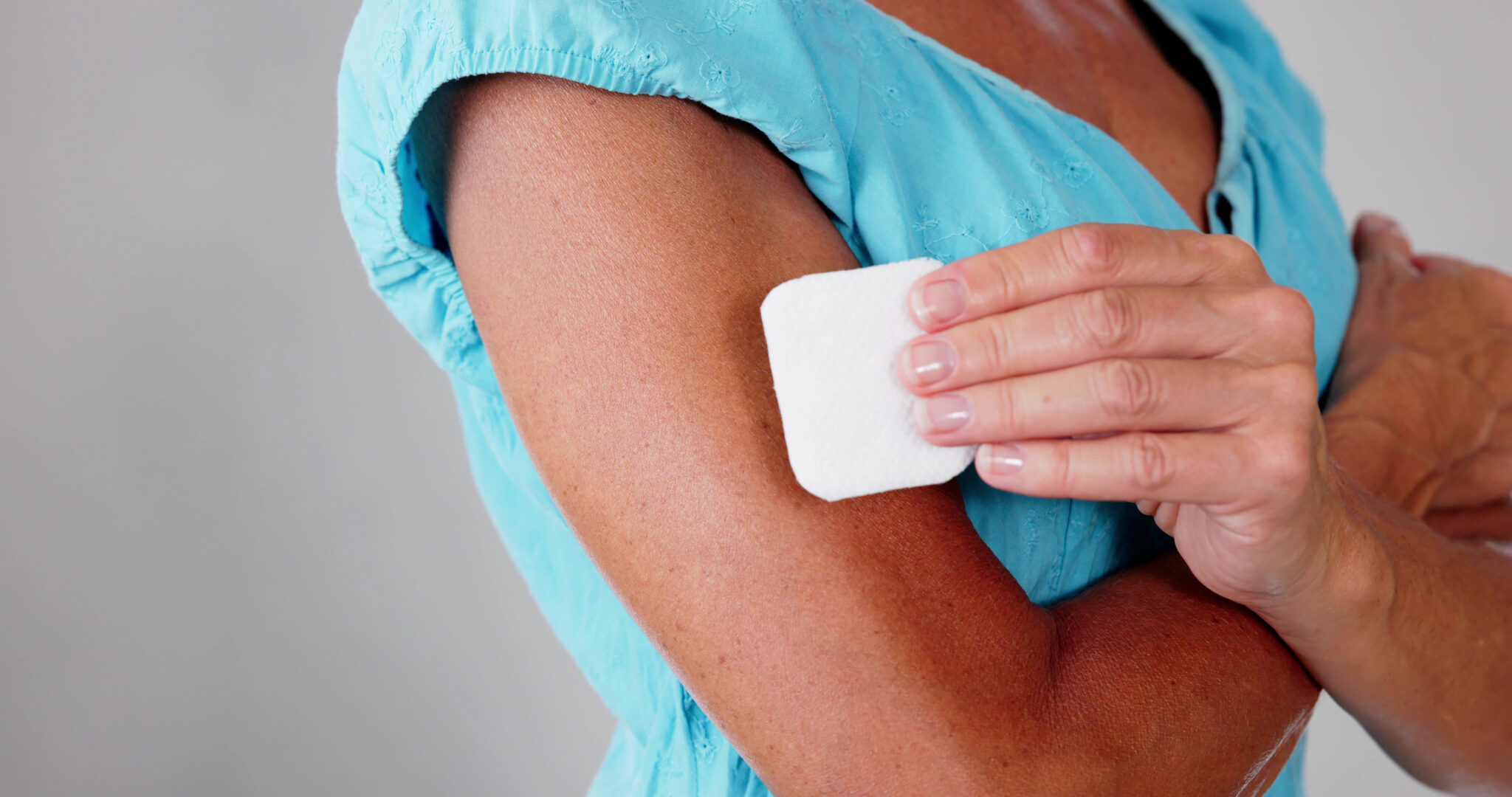Beyond The Pill: An Overview of Drug Delivery Devices Through the Decades
Drug delivery devices have seen unparalleled advancement and innovation through the decades, shaping the way we administer medications and enhancing patient outcomes. In this article, we’ll be taking a look at a few prominent drug delivery devices and technological advancements through the decades.
Inhalers
Modern drug delivery devices began their surge in 1952 with the introduction of the first pressurized metered dose inhaler (pMDI), the first device to ever successfully deliver medicine to the lungs. The pMDI set the stage for inhaler technology to come, such as the 1970s invention of the breath-actuated MDI, which allows patients to activate the inhaler through their breath alone.
Implants
Shortly after the introduction of the inhaler came the concept of implantable drug delivery devices, marking a significant leap forward in modern medicine. These devices offer a solution for patients requiring long-term treatments or precise control over their medication dosage. In 1968, the ALZET® osmotic pump was first developed. This small, implantable device uses osmotic pressure to deliver a continuous and controlled flow of medication. Implantable drug delivery systems progressed further with the development of polymeric drug delivery in the 1980s. This implantable allows for localized drug delivery using a lower drug concentration, resulting in reduced side effects.
Wearables
The 1970s arrived with the introduction of transdermal patches, a form of wearable drug delivery. With advancements in adhesive technology and pharmaceutical formulations, patches became a popular choice for delivering medications through the skin. Today, patches for nicotine delivery, birth control, and pain relief—to name a few—have become widely available. Transdermal patches have given power to patients, offering a non-invasive and user-friendly alternative to traditional oral medications.
Injectables
The concept of autoinjectors began to gain traction in the 1980s when there was a recognized need for a device that combines pre-filled syringes with mechanical injectors. The first commercially successful autoinjector, the EpiPen®, emerged in 1987, specifically designed to safely administer epinephrine during severe allergic reactions. This was a major advancement for the medical industry. For the first time, people other than healthcare providers were given the power to administer injection-based medicine.
Modern Tech
Jumping into the 21st century, the integration of smart technology transformed drug delivery devices. Smart inhalers and autoinjectors equipped with sensors and Bluetooth connectivity enabled patients and healthcare providers to monitor usage. These devices not only tracked usage patterns but also provided real-time feedback and reminders, allowing patients to manage their conditions more effectively. 3D printing (3DP) technology has also made a splash in the biotech industry, allowing for the personalization of devices. Simple design iterations create the ability to alternate drugs added to the product, making it specific to the individual.
In conclusion, the evolution of drug-delivery devices represents a remarkable journey of innovation and progress. As scientists continue to push the boundaries of possibility, the future holds the promise of more developments, offering better healthcare for all.
Resources
- https://pubmed.ncbi.nlm.nih.gov/31037395/
- https://www.ncbi.nlm.nih.gov/pmc/articles/PMC4403087/
- https://www.ncbi.nlm.nih.gov/pmc/articles/PMC7150971/
- https://www.ncbi.nlm.nih.gov/pmc/articles/PMC4142099/
- https://www.formularywatch.com/view/fda-approves-bayers-bluetooth-enabled-auto-injector-multiple-sclerosis
- https://www.news-medical.net/health/What-are-Smart-Inhalers.aspx
- https://www.ncbi.nlm.nih.gov/pmc/articles/PMC7161312/
- https://www.ncbi.nlm.nih.gov/pmc/articles/PMC6401754/
